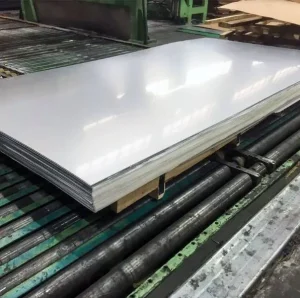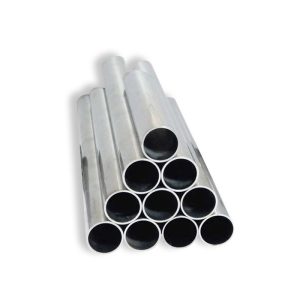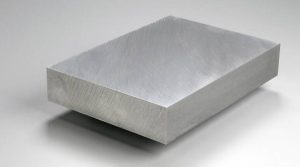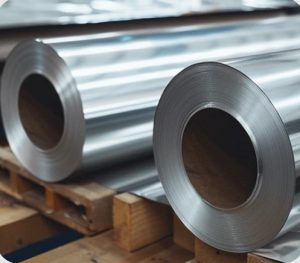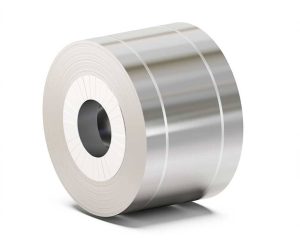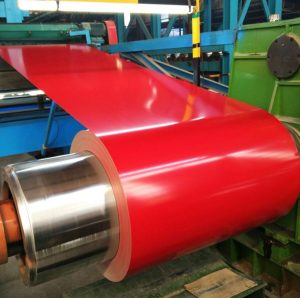When selecting materials for construction or manufacturing, understanding the specifications of DX52D PPGL Coil is crucial. This guide delves into the technical aspects, particularly focusing on coating thickness, to aid in making informed decisions.
Understanding DX52D PPGL
DX52D PPGL refers to a pre-painted galvanized steel product with specific mechanical properties. It’s known for its excellent formability and is commonly used in applications requiring bending and shaping.
Mechanical Properties
| Property | Value |
|---|---|
| Yield Strength (MPa) | 140 – 300 |
| Tensile Strength (MPa) | 270 – 420 |
| Elongation (%) | ≥26 |
Source: SSAB Metal Coated Formable Steels
Coating Thickness Specifications
The coating on DX52D PPGL plays a vital role in its durability and corrosion resistance. Understanding the coating thickness helps in selecting the right material for specific environments.
Typical Coating Thickness
| Coating Type | Thickness (μm) |
|---|---|
| Top Coat | 20 – 25 |
| Back Coat | 5 – 10 |
Source: EveryChina PPGL Steel Coil Specifications
Application Scenarios
DX52D PPGL is versatile and finds applications in various sectors:
-
Construction: Roofing, wall panels, and facades.
-
Appliances: Refrigerators, washing machines, and ovens.
-
Automotive: Interior panels and trims.
Its formability and aesthetic appeal make it a preferred choice in these industries.
Common Misconceptions
⚠️ Note: A common misconception is that thicker coatings always equate to better performance. However, excessively thick coatings can lead to cracking during forming processes. It’s essential to balance coating thickness with the intended application.
Selection Guide: Choosing the Right Coating Thickness
Selecting the appropriate coating thickness for DX52D PPGL involves several considerations:
-
Environmental Conditions: For coastal or industrial areas, opt for thicker coatings to combat corrosion.
-
Forming Requirements: If the material undergoes significant bending, thinner coatings may prevent cracking.
-
Aesthetic Needs: Thicker coatings can offer better color retention and gloss.
-
Cost Considerations: Thicker coatings may increase material costs.
-
Compliance Standards: Ensure the selected thickness meets industry regulations.
Final Checklist
-
Assess Environmental Exposure: Determine the corrosiveness of the environment.
-
Evaluate Forming Processes: Understand the degree of bending or shaping required.
-
Determine Aesthetic Requirements: Consider color retention and gloss levels.
-
Analyze Cost Implications: Balance performance with budget constraints.
-
Ensure Regulatory Compliance: Verify that the material meets relevant standards.
By meticulously evaluating these factors, one can select the most suitable DX52D PPGL product for their specific application, ensuring longevity and performance.



